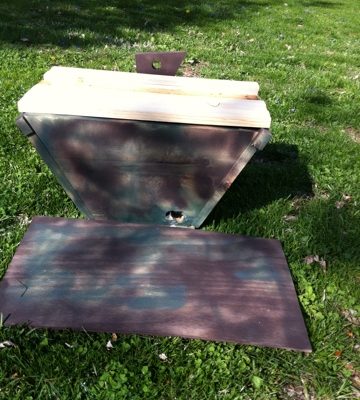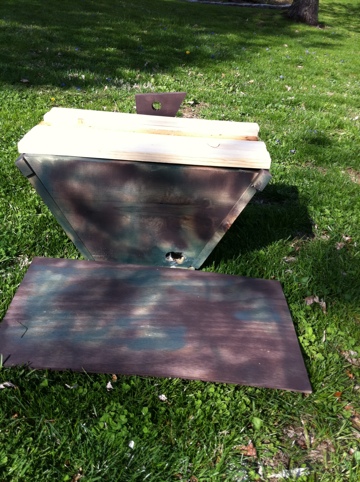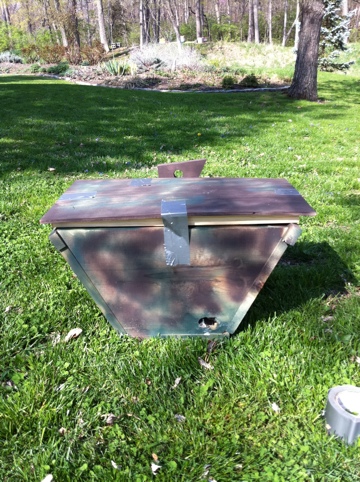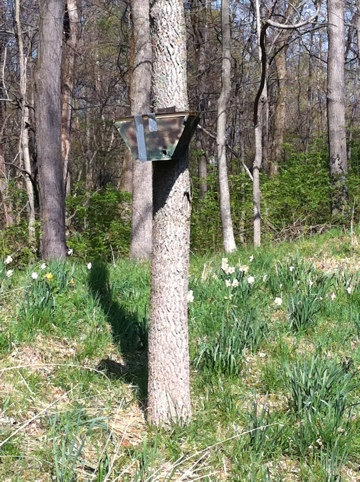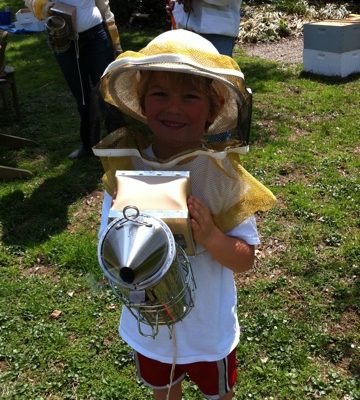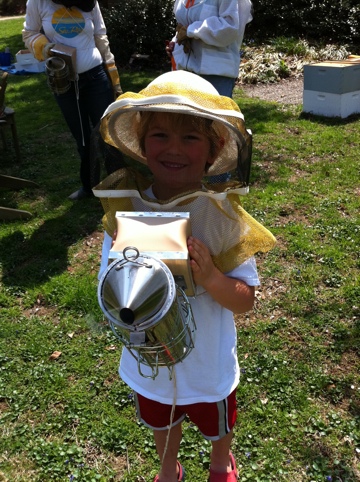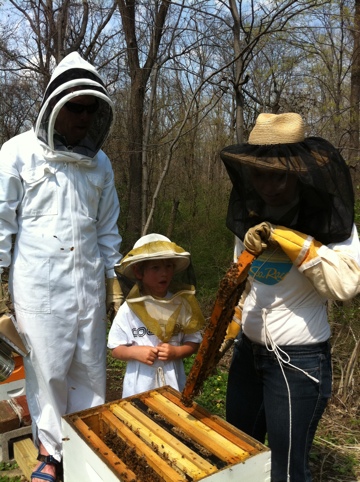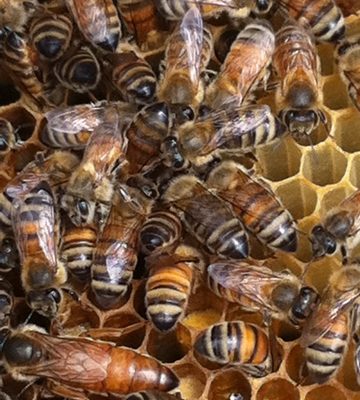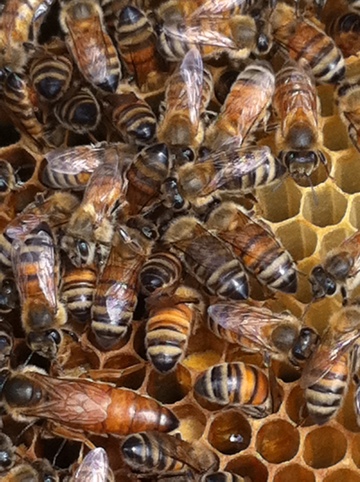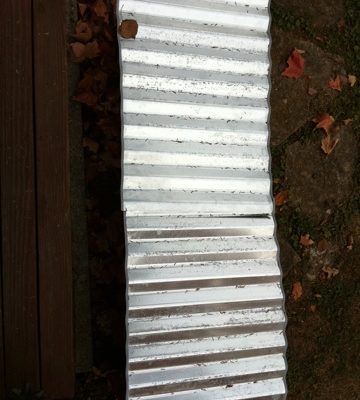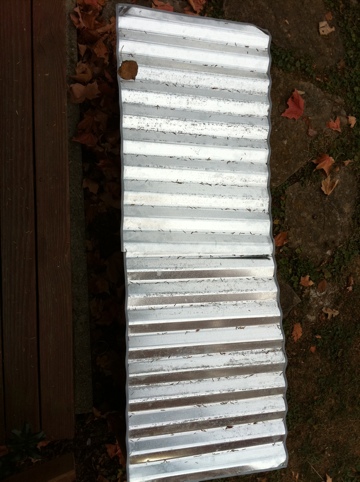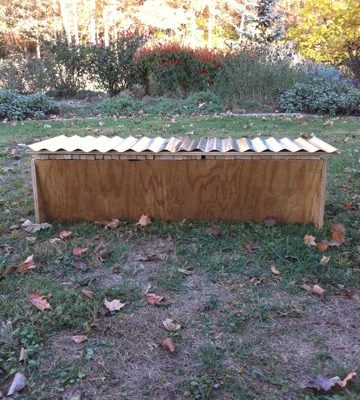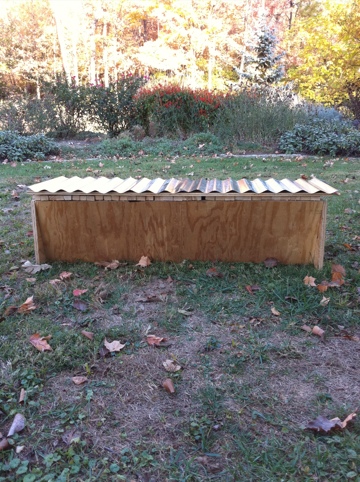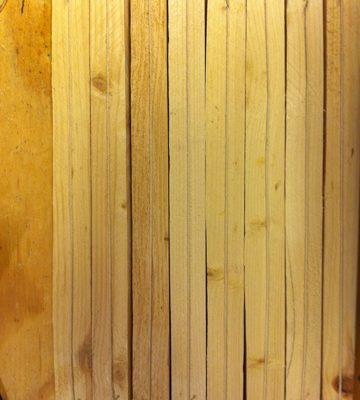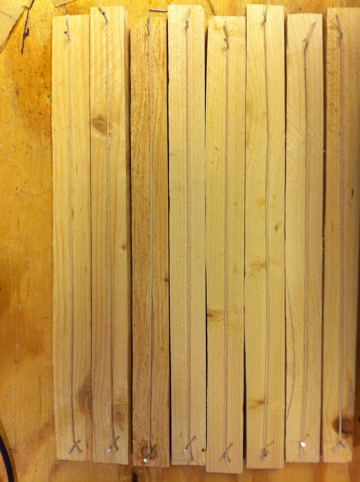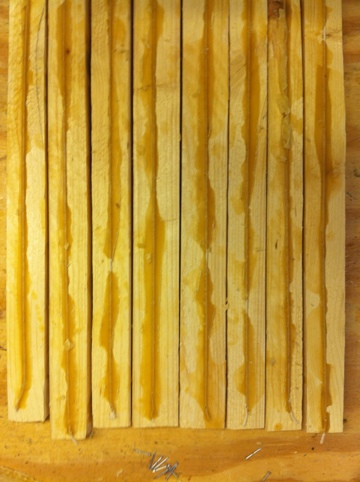I know I shouldn’t actually complain about the weather. And I’ve lately been wondering what my own little personal role is in this incessant rain. For instance, should I be praying more? Riding my bicycle more and driving my SUV less? Does this rain have something to do with my use of oil and gas? Should I become a vegetarian? Should I simply practice the idea of acceptance rather than getting all twisted up about this neverending daily crapping effing rain? So, when I’m tempted to complain about the weather, I try to look at my part.
But, I swear, I have never seen anything like this.
And the bees are out there just hunkered down. I watch as trees bloom and then stop their blooming, and the bees can’t even get out there to forage on the blossoms. We’re in a wonderful flow in Ohio right now, but the rain interferes. But I am powerless over the weather, so I just lift my umbrella and carry on.
I’ve been lousy at keeping this blog updated because I’m sort of out of the mood to write. Also, I’m busy visiting all the beehives I’ve placed around the neighborhood.
I’ll try to do a better job here. I may be doing a better job over on the TwoHoneys Bee Company Facebook page, so f you want to go over there and “Like” the page, you’ll see more updates and conversations about the bees.

